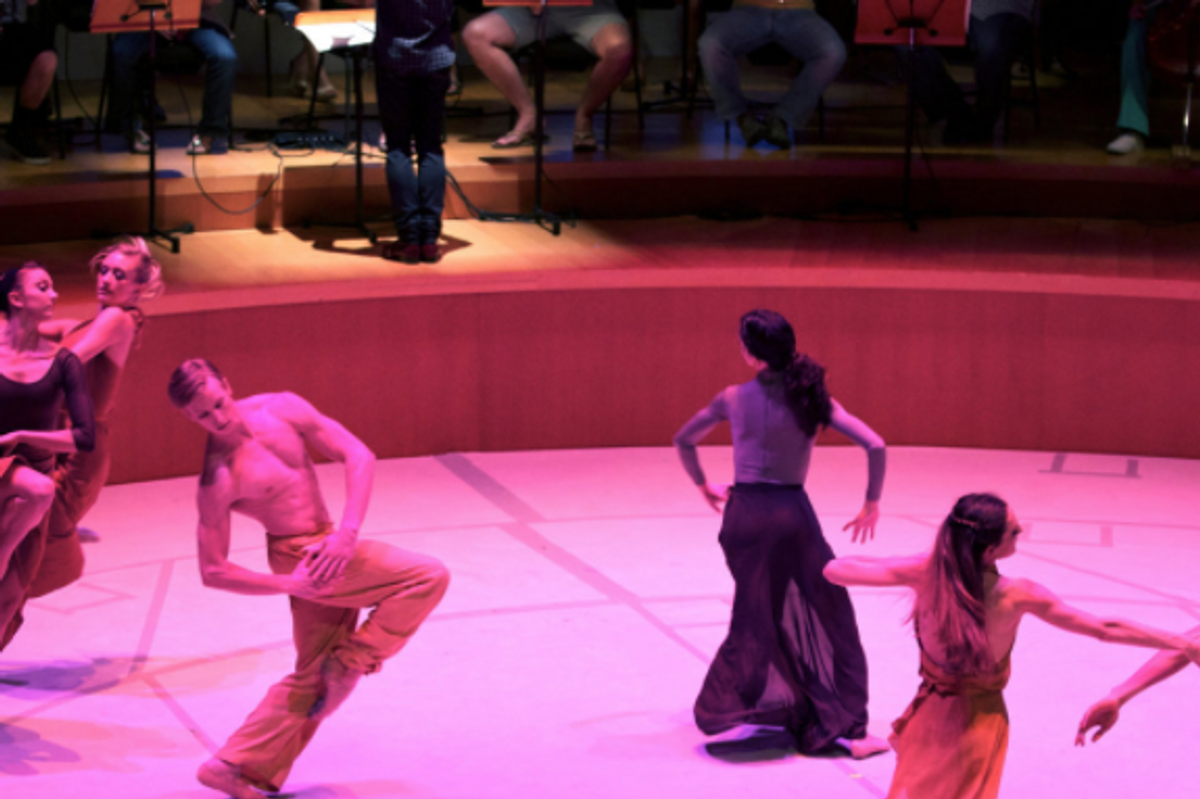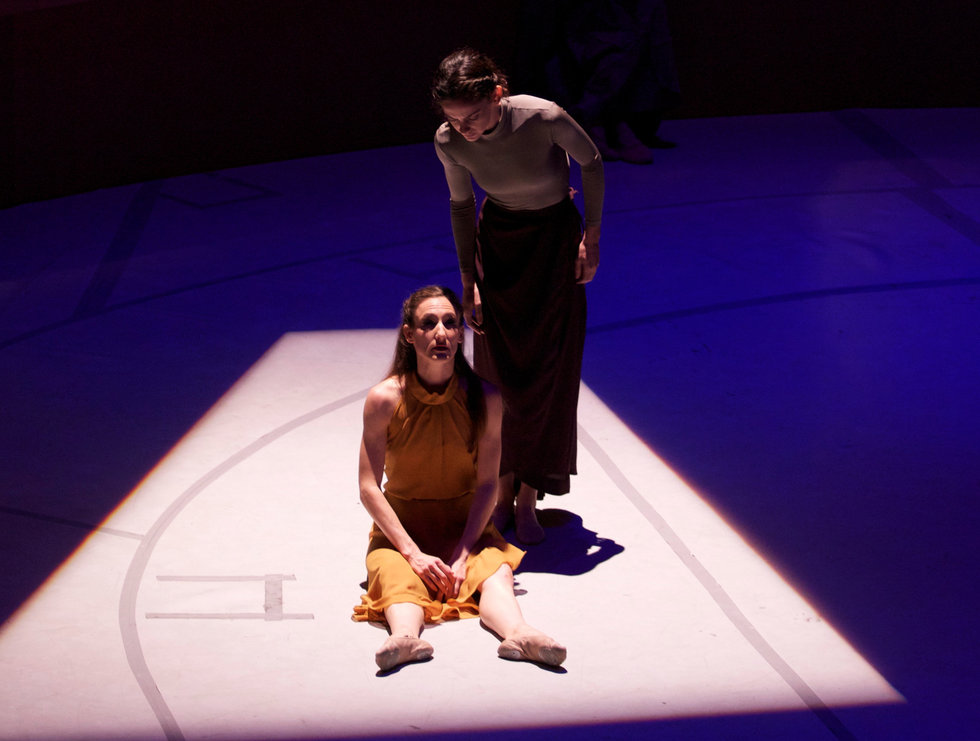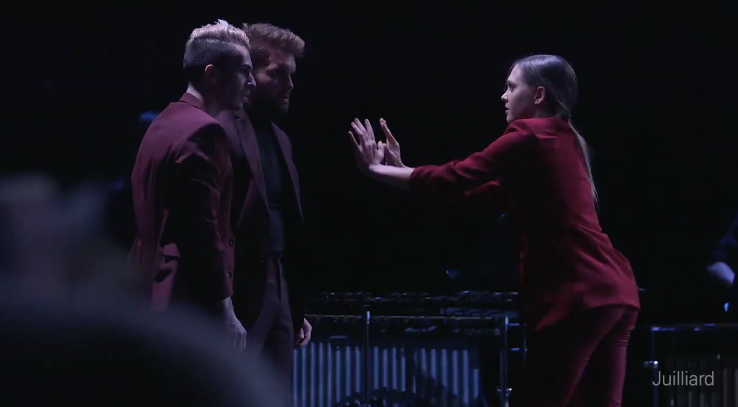
Once Adriana Pierce caught the choreography bug as a teenager, dancemaking came naturally. More difficult was navigating the tricky situations that would arise when choreographing on classmates and friends. “If a rehearsal didn’t go well, I’d worry that people didn’t respect me or didn’t like my work,” says Pierce, who went on to participate in the School of American Ballet’s Student Choreography Workshop twice, at 17 and 18. “I had a lot to learn: how not to take things personally, how to express what I wanted, when to push and when to back off.”
Choreographing on your peers can feel intimidating. How can you be a leader in your own rehearsals when you’re dancing at the same level the rest of the time? How can you critique your cast without hurting feelings? Avoiding pitfalls takes commitment and care, but the payoff is worth it.
Show Up Prepared
Setting an agenda for each rehearsal shows your dancers that you respect their time. In return, they may be more likely to respect your leadership. “With peers, you can’t walk into the room and say, ‘I’m the teacher; you’re the student,’ ” says Pierce, who can currently be seen in the Broadway revival of Carousel. “Authority has to be earned.”
Preparation can also ease nerves about your new role. When Maddie Hanson, a dance major at The Juilliard School, began choreographing on her classmates as a freshman, “I always came into rehearsals with a movement phrase and goals for the day,” she says. Now a junior, Hanson has become more confident creating on the fly. Still, she strives to be organized, and to bring something new, like a particular image, to each session.
But preparing doesn’t mean being inflexible in rehearsals. Elizabeth George, who teaches composition at the University of Arizona, explains, “You never want to be so rigid that if something spontaneous happens, you’re not willing to explore it.” A collaborative environment can keep everyone invested in the process.
Communicate Clearly
 MCB dancers in Pierce’s Acantilado. Photo by Leigh-Ann Esty, Courtesy Pierce
MCB dancers in Pierce’s Acantilado. Photo by Leigh-Ann Esty, Courtesy Pierce
Last semester, George and her co-teacher Sam Watson asked their composition students what helped them most when choreographing on classmates. The top response: communication. “Dancers want information about what they’re doing,” Watson says, “whether they’re working with a guest artist or a fellow student.”
Communication should be a two-way street, Pierce adds. If a transition looks awkward, ask what would make it feel better. If your dancers seem exhausted, see if they have the energy for another full-out run.
Frame Feedback Wisely
To avoid hurting friends’ feelings, frame criticism to be both positive and constructive. Rather than saying “That’s not right” or “I don’t like that,” try acknowledging what a dancer is doing before asking to see it another way. “Then, you’re offering options instead of barking orders,” Pierce says.
When it comes to behavior issues, you may need to put your foot down. Pierce advises approaching the dancer the same way you would if you were having a non–dance-related issue. “Make it a conversation, not a confrontation,” she says. “It can help to find out where they’re coming from. Everyone is a human with emotions and a life outside the studio.”
Cast Carefully

Juilliard students performing Hanson’s work. Photo courtesy Hanson
Casting from a group of peers can feel fraught. What if your best friend isn’t a good fit—or a strong enough performer—for what you have in mind? Hanson advises putting your vision first. “The people who support you will understand that you have to do what’s right for your choreography,” she says.
If the dancers you want aren’t available, be open to what others have to offer. “I’ve worked with dancers I initially didn’t see myself using,” Pierce says. “They’ve always brought something surprising to the table.” Stand by what you’re looking for, but be ready to find the best in every dancer.
Lead with Confidence

Maddie Hanson in the studio, Photo courtesy Hanson
Even if you’re new to running rehearsals, you already know what works for you when you’re dancing for someone else. Call on those experiences when you’re in charge.
Remember that you aren’t the only one who wants the process to be productive and fulfilling. Your dancers—your classmates and colleagues—are on your side. “If you’re considerate of your cast’s needs and confident in your own abilities,” Hanson says, “you’ll have a better piece in the end.”




